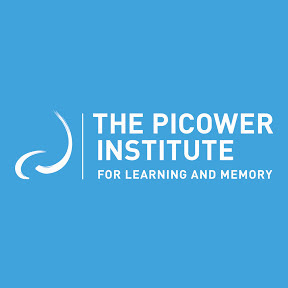
Colloquium on the Brain and Cognition with Li-Huei Tsai, PhD, "Frequency Matters: Harnessing 40 Hz Stimulation for Alzheimer's Disease and Neuroprotection"
Description
Colloquium on the Brain and Cognition with Li-Huei Tsai, PhD, MIT
- Date: Thursday, February 27, 2025
- Time: 4:00pm
- Location: 46-3002, Singleton Auditorium (Third floor of MIT Building 46)
- Zoom: https://mit.zoom.us/j/94635707197
Frequency Matters: Harnessing 40 Hz Stimulation for Alzheimer's Disease and Neuroprotection
Rhythmic neural activity in the gamma range (30–80 Hz) plays a crucial role in cognitive function and is disrupted in several neurological conditions, including Alzheimer’s disease (AD). We developed a method called Gamma ENtrainment Using Sensory stimuli (GENUS), which uses patterned light and sound stimulation at 40 Hz in AD model mice to assess the effects of enhancing gamma oscillations. Our findings demonstrate that GENUS increases gamma power across multiple brain regions. Moreover, daily application significantly reduces amyloid and tau pathology, mitigates neuronal and synaptic degeneration, and improves cognitive function in various AD mouse models.
In addition, GENUS induces morphological and gene expression changes in glial cells and the vasculature. It also enhances cerebrospinal fluid influx and facilitates glial-mediated and lymphatic-like brain waste clearance—known as glymphatic clearance—through a vasoactive intestinal peptide interneuron-dependent mechanism. We provide evidence that enhanced glymphatic clearance is essential for the reduction of amyloid burden in the cortex following GENUS.
Our current efforts focus on deciphering the cellular, molecular, and neural circuit mechanisms underlying the therapeutic effects of gamma entrainment. I will discuss our latest findings on how gamma oscillations regulate multiple neuromodulatory systems to drive protective effects, including the modulation of visceral organs. If time permits, I will also present clinical findings using GENUS and explore the feasibility of this non-invasive sensory stimulation approach for treating neurological disorders in human patients. These results highlight the potential of GENUS as a promising therapeutic avenue for Alzheimer’s disease, offering a non-invasive approach to engage neuromodulatory systems and restore brain function.

